In the following program, float variable print negative zero.
//g++ 5.4.0
#include <iostream>
int main()
{
float val = 0;
val = -val;
std::cout<<val<<std::endl;
}
Output:
-0
But, in following code
//g++ 5.4.0
#include <iostream>
int main()
{
int val = 0;
val = -val;
std::cout<<val<<std::endl;
}
Output:
0
print positive zero.
Why int variable doesn't print negative zero?
